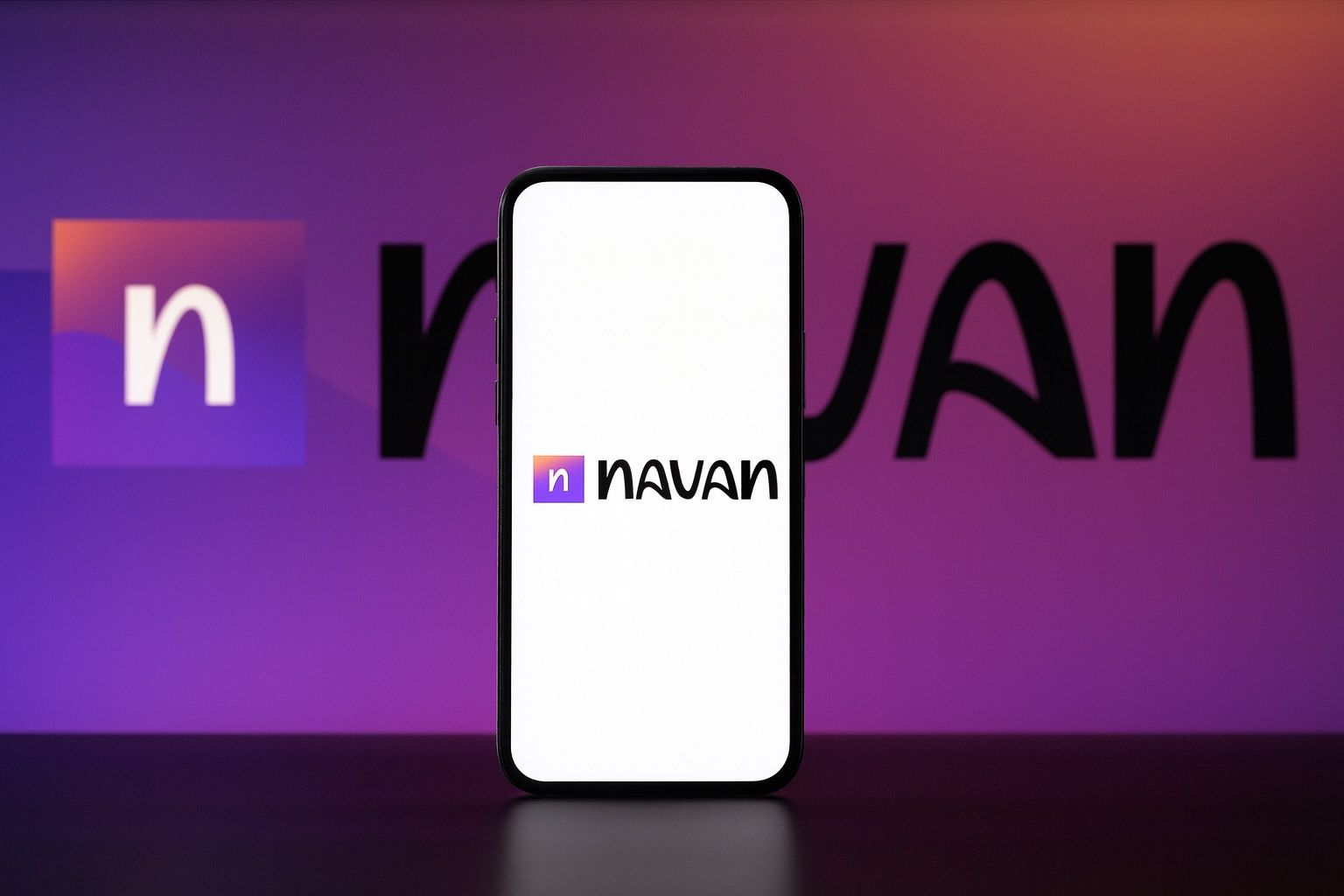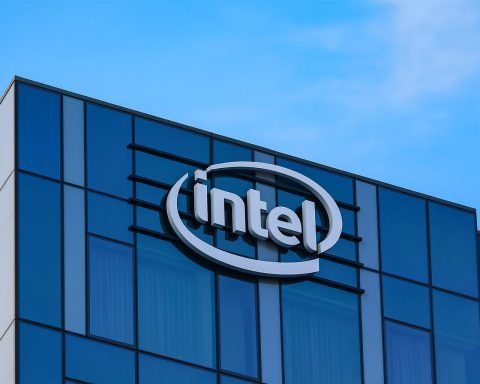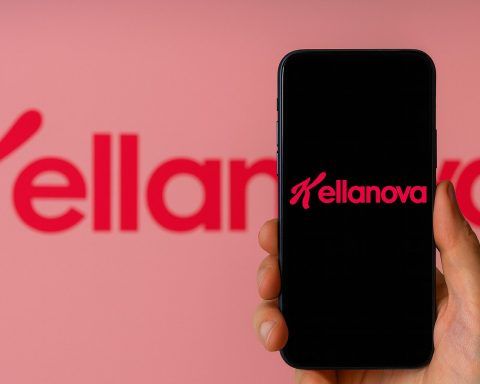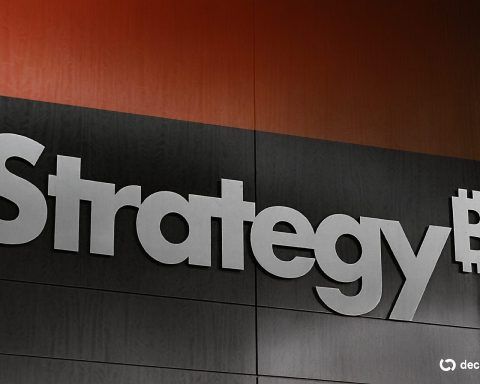- IPO Pricing: Navan (formerly TripActions) priced its October 30, 2025 IPO at $25 per share (midpoint of a $24–$26 range), raising about $923.1 million [1]. This implies an initial market value of roughly $6.2 billion (around $6.7B fully diluted) [2] [3].
- First-Day Trading: Shares opened at about $22 on debut – roughly 12% below the IPO price [4]. By mid-day they were around $21.14, trading in a $20.75–$22.74 range [5]. This left the company’s valuation near the $6B mark (vs. ~$9.2B in its 2022 private funding) [6].
- Business Profile: Navan offers an AI-driven all-in-one platform for corporate travel booking, payments and expense management. Its clients include major companies like Zoom, Lyft, Adobe, Shopify and OpenAI [7]. In its IPO filings, Navan projected about $537M revenue for 2024 (up from ~$329M in H1 2025) [8], but it remains unprofitable (e.g. a $38.6M net loss on $172M revenue in the latest quarter [9]).
- Growth & Funding: Before going public, Navan raised a $300M Series G round (Oct 2025) at a $9.2B valuation [10]. It has been expanding via acquisitions (Reed & Mackay, Comtravo, Resia in the past year [11]) and new offices in Europe. The IPO proceeds will largely be used to pay down about $657M of debt [12]. Early investor Oren Zeev (Zeev Ventures) sold some stock: his ~16% stake is now worth roughly $1 billion [13].
- Key Backers: Navan is backed by top VCs (Lightspeed, Andreessen Horowitz, Zeev Ventures, etc.). Co-founders/CEOs Ariel Cohen and Ilan Twig retain majority voting control (roughly 24% and 43% of votes) after the IPO [14].
- Market Context: The offering comes amid a renewed burst of tech IPOs in 2025 (182 deals, +42% from 2024 [15]) despite a U.S. government shutdown. Analysts note “IPOs activity during the shutdown has been stronger than expected,” reflecting pent-up demand [16]. Still, experts caution that volatility could weigh on Navan and its peers [17].
Rocky Market Debut: Shares Slip 12%
Navan’s first day as a public company was rocky. The stock debuted on Nasdaq under the ticker NAVN, immediately trading below its IPO price. Reuters reports Navan “started trading 12% below” the offering price, opening around $22 [18]. By midday on Oct 30 the stock was near $21.14, a ~15% drop from $25 [19]. This initial slide wiped out tens of millions in paper value – the company’s fully diluted market cap dipped to about $5.9–6.7 billion [20].
Some insiders put a positive spin on the debut’s rough start. CEO Ariel Cohen remained upbeat, highlighting Navan’s AI-driven edge. Cohen told Reuters, “We see ourselves as an AI-first company” – noting Navan’s tools can cut clients’ travel costs by roughly 15% [21]. CFO Amy Butte echoed the AI focus: “We actually demonstrate our use of AI in our numbers,” she said, pointing out that AI features have helped expand Navan’s profit margins [22]. These comments underscore the company’s pitch that its technology (including an AI travel assistant called “Ava”) gives Navan a competitive lead in the corporate travel sector.
However, investors were cautious. Navan’s debut roughly matches the fate of other recent travel-tech IPOs: for example, Expensify’s stock plunged from a $27 IPO to under $2 as its growth and profitability faltered [23]. In that light, some traders took profits quickly. At least one market data site noted Navan’s intraday range hit a high of $22.74 and low of $20.75 [24]. By late afternoon on Oct 30, NAVN’s trading price reflected a ~15% decline from the IPO price. (After-hours trading figures were not available at press time.)
IPO Details and Valuation Gap
Navan’s IPO was one of the year’s largest tech listings. The company offered 36.92 million shares on Oct 30 (30.0M newly issued by Navan, and 6.92M sold by existing shareholders) [25]. Underwriters led by Goldman Sachs and Citi had set the offering range at $24–$26 [26]. At the $25 final price, Navan raised $923.1M (about $750M from new shares, the rest from insiders) [27].
This positioned Navan with an implied valuation of about $6.2–6.45 billion [28] – markedly below its late-2022 private valuation of ~$9.2B [29]. In fact, long-time investor Oren Zeev notes the IPO’s pricing “sits comfortably” in that range, giving an eventual market cap of roughly $6.21B [30]. Zeev and other early backers did sell some stock in the offering, but the company itself will not receive further proceeds beyond the $923M raised [31]. Navan’s post-IPO cash position stands near $310M (as of July 2025), so management says the IPO funds will go primarily to debt reduction [32].
Notably, Navan’s capital structure still leaves it cash-hungry: the company has never reported an annual profit and carries interest costs on debt. Its S-1 IPO filing shows $613M trailing revenue (+32%) and $7.6B gross bookings, but also sustained losses [33]. At the $25 price, Navan’s stock trades at about 13.8× trailing sales [34] (roughly 8× 2026 forecast), far above legacy peers. For comparison, SAP Concur – a market leader – trades around 7.9× sales [35]. This steep multiple reflects investor optimism on Navan’s growth, but also means any stumble in execution could hurt the stock.
Business Model and Expansion
Navan describes itself as an “all-in-one” travel and expense super-app. Since its founding in 2015 (as TripActions), it has expanded beyond flight/hotel booking into corporate card payments and expense reporting. The company touts clients like Zoom, Lyft, Shopify, Adobe and over 10,000 other companies on its platform [36]. In practice, a Navan user can book a trip, use a virtual corporate card for payment, and have expenses automatically reconciled – all within the same interface.
Earlier this year Navan rolled out key partnerships and acquisitions to bolster that vision. In July 2025 it announced a new integration with American Express that lets Navan users instantly create AmEx virtual cards for travel expenses [37]. (Navan’s President Michael Sindicich said the tie-up offers “control, security, and cash flow management” by combining Navan’s planning tools with AmEx’s virtual-card rewards [38].)
Navan also pursued growth via acquisitions. In the past 12 months it bought Reed & Mackay, Comtravo and Resia – several European travel management firms – to expand its global footprint [39]. The company says it now employs about 2,500 people and has opened offices across Europe (Germany, France, UK, Portugal, etc.) in preparation for a worldwide rollout [40]. Founder Cohen emphasizes that Navan’s focus on automation and AI – including its bot assistant Ava – is meant to “unlock savings” and improve user experience in a traditionally clunky industry [41] [42].
Expert Commentary and Outlook
Market experts have mixed views on Navan’s future. Renaissance Capital strategist Matt Kennedy noted that while the IPO market has rebounded this year, it has “lost some momentum” recently due to the government shutdown and global tensions [43]. He and others say any tech IPO must navigate a “wobbly” environment. IPOX CEO Josef Schuster warned that the shutdown and market volatility could “weigh on IPO demand going forward” [44], suggesting Navan’s pricing was aggressive.
Analysts also caution on valuation. IFR and others point out that at the $25 IPO price, Navan’s sales multiple (13.8×) is roughly double SAP Concur’s [45]. “If Navan fails to hit its growth and profitability targets, critics say the stock could underperform,” notes IFR [46]. Indeed, travel-tech peers have faced choppy waters: Expensify’s share price collapsed post-IPO, and large incumbents like Oracle and SAP loom large [47]. Navan’s CFO and CEO have tried to reassure investors that their AI edge and strong client list will drive future profits.
At present there are no published analyst price targets or ratings for NAVN (it just began trading) [48]. Some private-market platforms had even valued Navan at ~$5 per share before the IPO, implying a potential pop if the stock recovered [49]. Going forward, brokerage houses will likely issue guidance after seeing a few weeks of trading. For now, Wall Street is watching whether Navan can justify its high valuation by converting its rapid growth into sustainable profits.
Broader Market and Travel Sector Trends
Navan’s debut comes amid a recovery in corporate travel. Industry reports expect travel demand to rise as companies resume trips and workers travel more post-pandemic [50]. This long-term rebound is a positive for any travel management provider. At the same time, the tech IPO window – helped by AI enthusiasm and pent-up demand – has been unusually open late in 2025 [51] [52]. Navan’s offering was even able to proceed during a partial U.S. government shutdown, thanks to a SEC rule that eased marketing restrictions [53] [54].
However, travel tech is a competitive, volatile sector. Experts note that investors have become wary of high-growth SaaS firms that “burn cash” without profits [55]. Navan must prove it can control costs and grow revenue fast. Its success will also hinge on broader tech sentiment. So far the stock has bucked the bullish tech trend by sliding on debut. Future market moves – including changes in interest rates or a shift in appetite for tech IPOs – could influence NAVN just as much as Navan’s own business results.
Sources: Company filings and press releases [56] [57]; Reuters and Investing.com market reports [58] [59]; Tech news outlets (TechBuzz, TS2, CTech, TechFundingNews) [60] [61]; analyst commentary (UBS, IPOX) [62] [63].
References
1. ng.investing.com, 2. ng.investing.com, 3. www.reuters.com, 4. www.reuters.com, 5. www.investing.com, 6. www.reuters.com, 7. www.techbuzz.ai, 8. ts2.tech, 9. www.techbuzz.ai, 10. techfundingnews.com, 11. techfundingnews.com, 12. ts2.tech, 13. www.calcalistech.com, 14. ts2.tech, 15. www.techbuzz.ai, 16. ts2.tech, 17. ts2.tech, 18. www.reuters.com, 19. www.investing.com, 20. www.reuters.com, 21. www.reuters.com, 22. www.reuters.com, 23. www.techbuzz.ai, 24. www.investing.com, 25. ng.investing.com, 26. ts2.tech, 27. ng.investing.com, 28. ts2.tech, 29. www.reuters.com, 30. www.calcalistech.com, 31. www.calcalistech.com, 32. ts2.tech, 33. www.techbuzz.ai, 34. ts2.tech, 35. ts2.tech, 36. www.techbuzz.ai, 37. www.businesswire.com, 38. www.businesswire.com, 39. techfundingnews.com, 40. techfundingnews.com, 41. www.reuters.com, 42. techfundingnews.com, 43. www.reuters.com, 44. ts2.tech, 45. ts2.tech, 46. ts2.tech, 47. www.techbuzz.ai, 48. ts2.tech, 49. ts2.tech, 50. www.reuters.com, 51. ts2.tech, 52. www.techbuzz.ai, 53. ts2.tech, 54. www.techbuzz.ai, 55. www.techbuzz.ai, 56. ts2.tech, 57. www.businesswire.com, 58. www.reuters.com, 59. www.investing.com, 60. www.techbuzz.ai, 61. techfundingnews.com, 62. www.reuters.com, 63. ts2.tech







